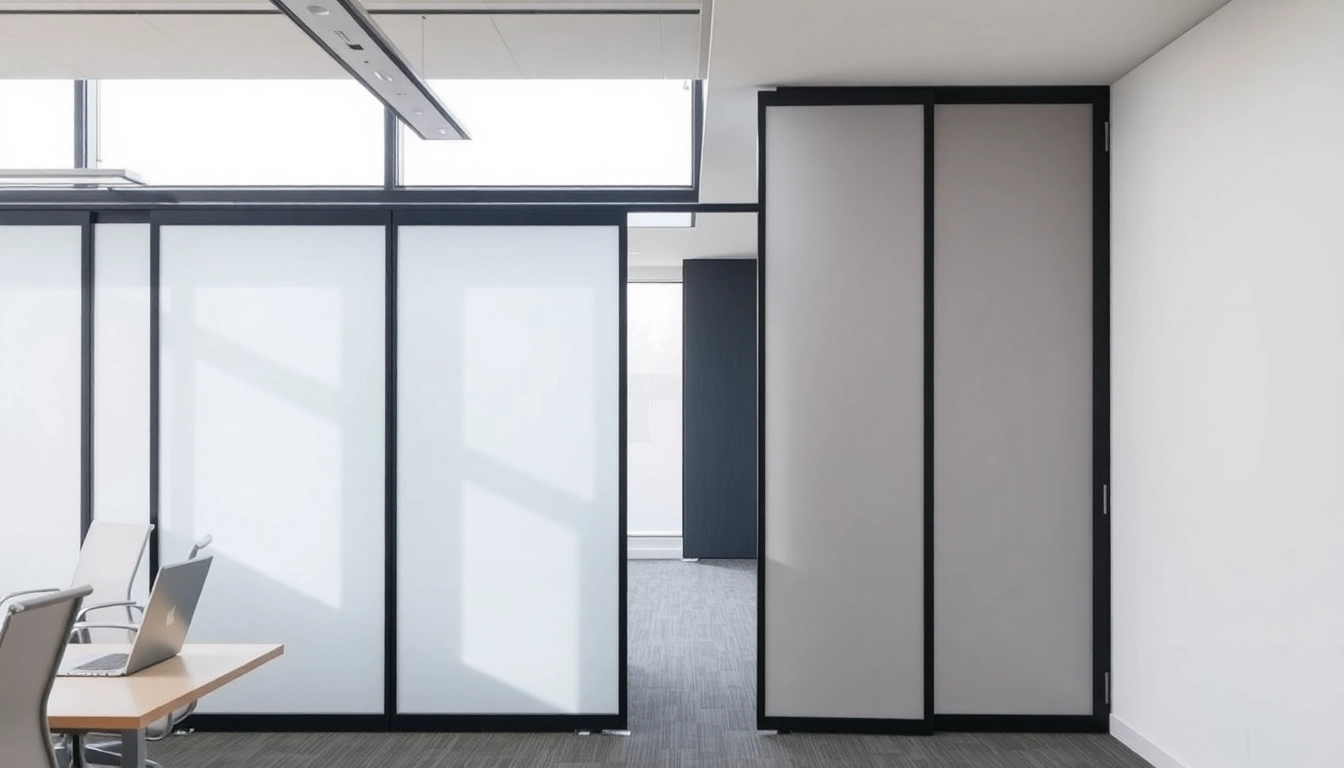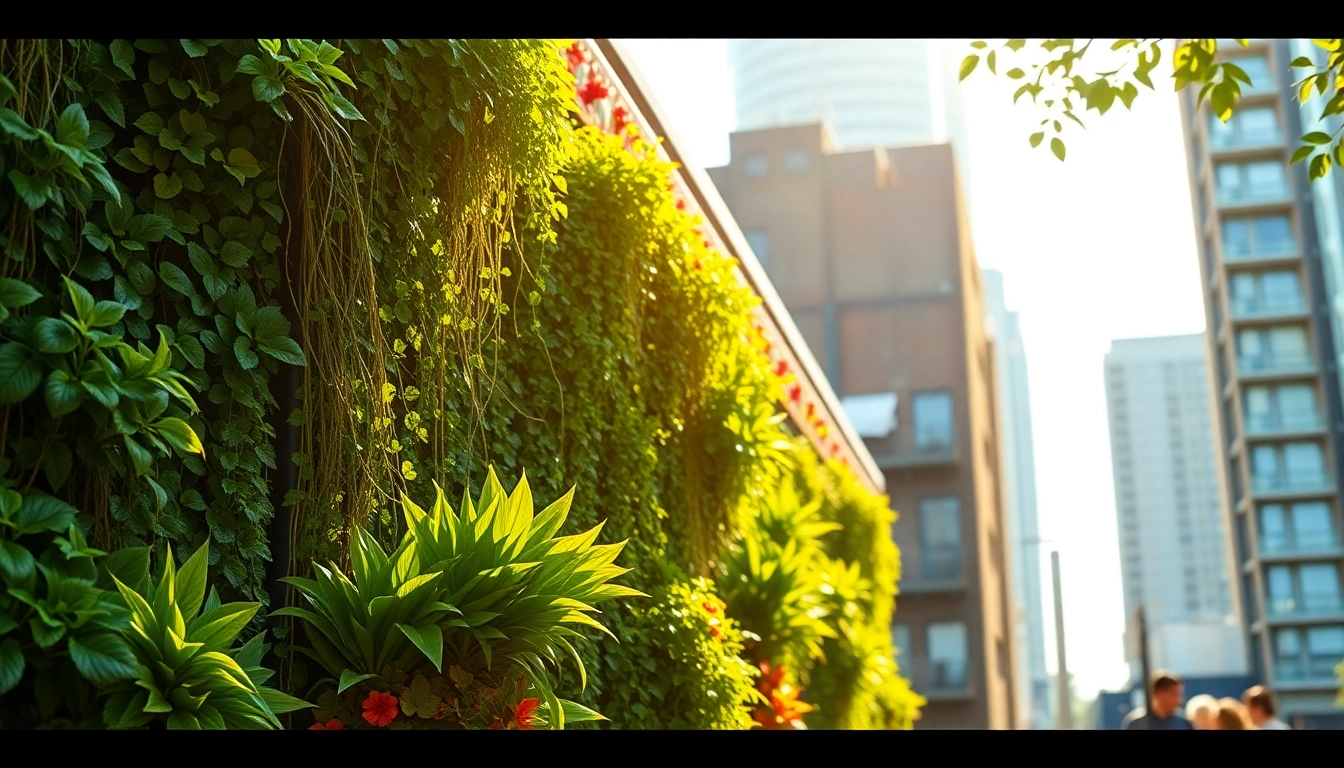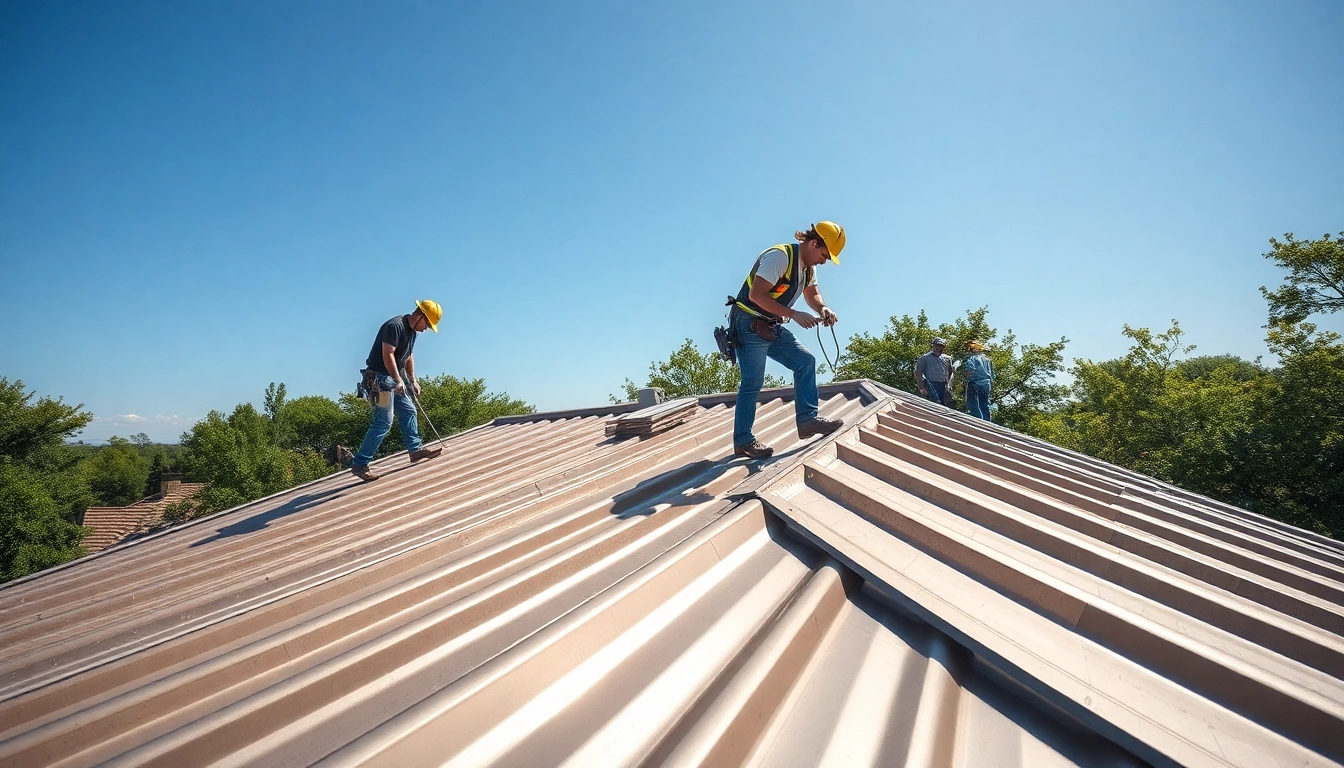Understanding Folding Partition Walls
What are Folding Partition Walls?
A Folding Partition Wall serves as a versatile space management solution designed to maximize the utility of indoor environments. These structures are engineered to be flexible and can be folded away when not in use, allowing spaces to be transformed easily for various purposes. Whether it’s for creating temporary offices, separating large conference rooms, or providing privacy in open living areas, folding partitions are practical, efficient, and adaptable.
Common Types of Folding Partition Walls
Folding partition walls come in a variety of styles and materials, catering to different needs and preferences. The most common types include:
- Accordion Walls: These walls fold in and out accordion-style and are typically made of lightweight materials, making them easy to deploy and disengage.
- Operable Partitions: More robust than accordion walls, operable partitions provide sound insulation and can be manually or mechanically operated to create larger or smaller spaces as needed.
- Glass Folding Walls: Offering transparency alongside functionality, glass folding walls are ideal for offices and modern homes, providing natural light while still dividing spaces.
- Acoustic Partitions: These specialized folding walls are designed to provide superior soundproofing for environments that require quiet, such as meeting rooms or libraries.
Applications in Commercial and Residential Settings
Folding partition walls are advantageous in various settings. In commercial spaces, they facilitate quick adjustments to room size, enabling businesses to adapt to different events or requirements efficiently. For example, hotels often utilize these partitions for ballrooms that can be resized based on the number of guests attending an event.
In residential applications, they allow homeowners to create more intimate spaces without the permanence of traditional walls. For instance, a living room can be altered to include a private area for work or leisure by installing a folding partition. This adaptability is particularly beneficial in urban settings where space is limited.
Benefits of Folding Partition Walls
Space Optimization for Diverse Needs
One of the primary benefits of folding partition walls is their ability to optimize space usage. By allowing rooms to be reconfigured swiftly, these walls cater to diverse functions without the need for heavy construction.
Commercial establishments can transform their environments, accommodating everything from workshops to banquets without compromise. In residential applications, the need for flexibility has never been greater, especially given the rising trend of remote working. Homeowners appreciate the ability to create separate spaces for work, relaxation, and entertainment without permanent renovations.
Acoustic and Visual Privacy Solutions
Folding partition walls are particularly effective in enhancing acoustic and visual privacy. This aspect is crucial in environments like offices, where distraction-free zones foster productivity. Acoustic folding partitions absorb sound, allowing for a quieter atmosphere and improved communication among teams.
In residential areas, these walls can provide a significant level of privacy, allowing families to engage in separate activities without intrusions. Home theaters, play areas, or reading nooks can be created, ensuring that each individual’s experience is personalized and free from disturbances.
Cost-Effectiveness Compared to Permanent Walls
Installing a folding partition wall is often less costly compared to traditional construction. Given their ease of installation and removal, they present a budget-friendly option for businesses and homeowners looking to enhance their environments without engaging in costly renovations.
Moreover, these walls can be a more sustainable choice. Their ability to be reused and repurposed in different spaces over time reduces waste and promotes efficient materials use. Instead of constructing new walls, businesses can adapt their existing environments with folding partitions, which can lead to significant cost savings in the long run.
Choosing the Right Folding Partition Wall
Factors to Consider Before Purchasing
Before investing in a folding partition wall, it’s important to assess several factors related to your specific needs:
- Space Size: Measure your available area to determine the maximum width and height that the wall can occupy.
- Functionality: Decide whether you need a more permanent solution (like operable walls) or a temporary option (like accordion walls).
- Acoustic Requirements: Assess the noise levels in your environment. If sound insulation is important, select walls with appropriate acoustic ratings.
- Design Preferences: Choose materials and styles that align with your decor to enhance aesthetic appeal.
Material Options and Durability
Folding partition walls are available in various materials, each offering different benefits:
- Fabric: Lightweight and flexible, fabric panels are easy to install and can be customized to match any theme. However, they may not provide soundproofing.
- Wood: Provides a classic look and excellent durability, but heavier and more expensive than fabric options.
- Metal: Often used in industrial spaces due to its strength and durability, metal partitions can also be aesthetically pleasing when designed creatively.
- Glass: Ideal for modern designs, glass folding walls create a sense of openness while still dividing spaces. They require more maintenance but provide a sleek look.
Design Flexibility for Aesthetic Appeal
With an array of design options, folding partition walls can suit any decor style. Businesses looking to portray an image of professionalism, or homes requiring a certain aesthetic, can select from various finishes, colors, and patterns to align with their existing decor.
This design flexibility not only helps in enhancing the visual appeal but also boosts the overall functionality of the space by making it look cohesive and organized.
Installing Your Folding Partition Wall
Step-by-Step Installation Guide
Installing a folding partition wall can be a straightforward process if you follow these essential steps:
- Preparation: Measure and mark the area where the wall will be installed, ensuring you have sufficient space for operation.
- Gather Supplies: Collect all necessary tools, including wall brackets, screws, and a level for accurate alignment.
- Install Track System: The track is critical for the wall’s movement; install it securely according to the manufacturer’s guidelines.
- Hang the Panels: Attach the folding panels to the track, ensuring they are aligned correctly and can fold smoothly.
- Final Adjustments: Make necessary adjustments for smooth operation, test the folding mechanism, and ensure the panels are secure.
Maintenance Tips for Longevity
To ensure your folding partition wall remains durable and functional over time, consider the following maintenance tips:
- Regular Cleaning: Keep the surfaces clean to avoid dust and dirt buildup, especially on fabric and glass materials.
- Check Mechanisms: Periodically inspect the folding mechanisms and tracks for any signs of wear and tear, lubricating them as necessary.
- Address Damages Promptly: If any damage occurs, repair it immediately to prevent further issues and maintain the wall’s functionality.
Professional vs. DIY Installation Considerations
Deciding between professional installation and a DIY approach depends on several factors:
- Skill Level: If you are handy and familiar with installation processes, a DIY approach may save you money. However, complex installations might require professional help.
- Time Constraints: If time is a factor, hiring professionals can expedite the process and ensure everything is done correctly.
- Warranty Considerations: Some manufacturers require professional installation to maintain warranties, so check before deciding on a DIY path.
Real-World Case Studies
Successful Implementations in Offices
Many businesses have successfully integrated folding partition walls to enhance functionality. For example, an IT company in San Francisco utilized operable partitions to create a flexible workspace that could accommodate large team meetings or revert to open layouts for collaborative projects. This adaptability not only optimized their space but also fostered a culture of flexibility and collaboration.
Residential Transformations with Folding Partition Walls
In residential sectors, a couple in New York City transformed their small apartment using accordion partitions. By installing these walls, they could separate their living space from a makeshift home office. When guests came over, they folded the panels away to create an inviting living space, highlighting the effectiveness of folding partitions in urban homes.
Lessons Learned from Commercial Projects
Commercial projects have shown that planning is critical when incorporating folding partition walls. One high-end hotel discovered that miscalculation of wall size resulted in inadequate space for events. As a remedy, they adjusted their layout strategy, investing in modular partitions that could be rearranged depending on room requirements. This case emphasizes the need for thorough assessments and designs tailored to specific business needs.



